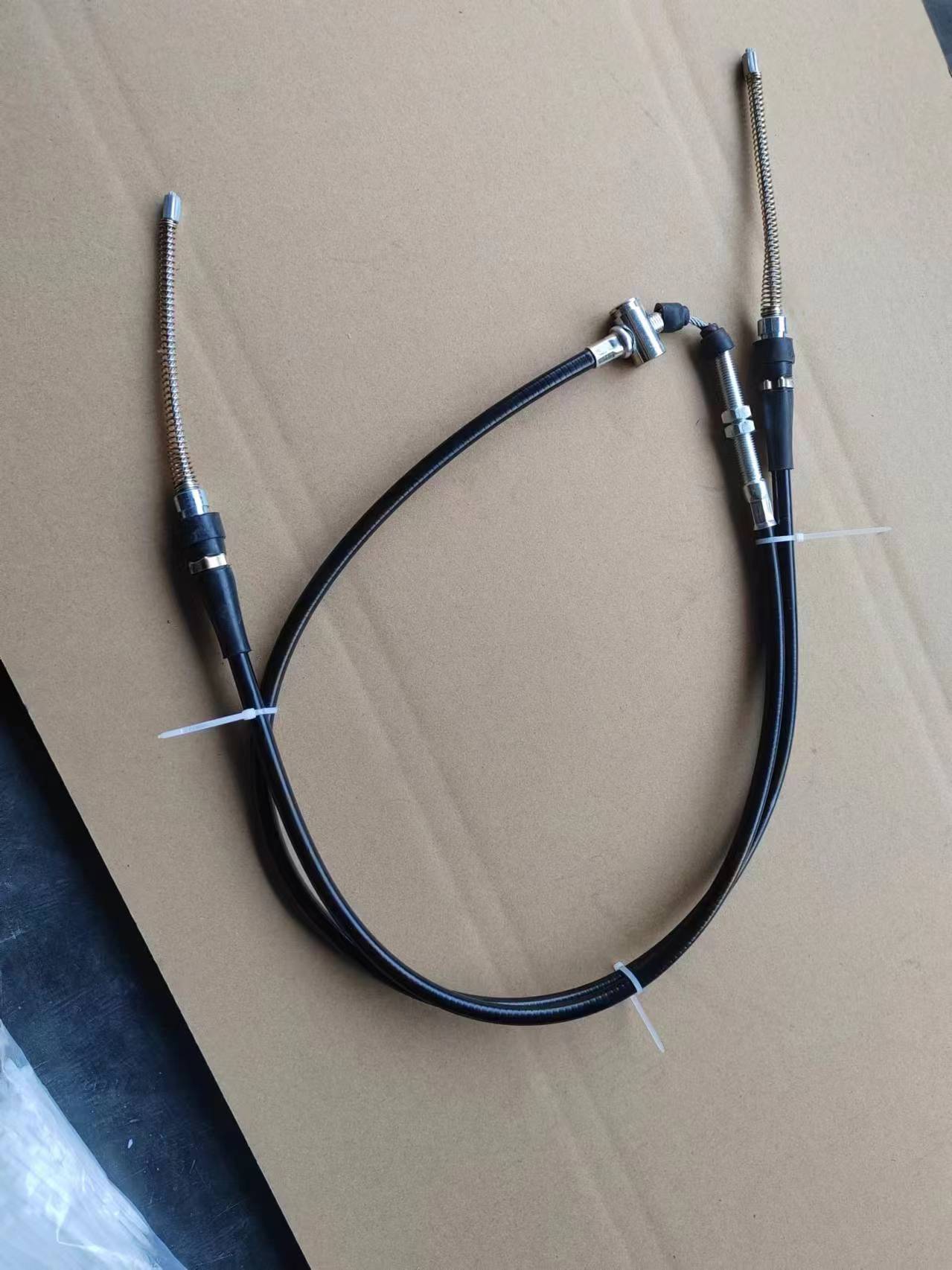Understanding Throttle Cable Linkage Mechanisms and Their Importance in Engine Performance
Understanding Throttle Cable Linkage An Essential Component in Engine Control
The throttle cable linkage is a vital component in modern automobiles, serving as a bridge between the driver's input and the engine's response. This seemingly simple mechanism plays a crucial role in controlling the airflow into the engine, ultimately influencing performance, fuel efficiency, and responsiveness of the vehicle.
What is Throttle Cable Linkage?
Throttle cable linkage refers to the system of cables and mechanical linkages that connect the accelerator pedal to the throttle body of the engine. When a driver presses the accelerator pedal, the throttle cable pulls on a lever attached to the throttle body, opening the throttle plate and allowing more air (and fuel) to enter the engine. This process is vital for regulating engine speed and power output.
Historically, throttle control was primarily mechanical, utilizing a rigid cable to transmit motion. However, with the evolution of automotive technology, electronic throttle controls have gained popularity. These systems, often referred to as drive-by-wire, replace the traditional cable system with electronic sensors and actuators, providing enhanced precision and responsiveness. Nonetheless, the fundamental principle remains the same the driver’s input needs to be communicated effectively to the engine.
Components of Throttle Cable Linkage
The throttle cable linkage system consists of several key components
1. Throttle Cable This flexible cable transmits the pedal movement to the throttle body. Made from durable materials, the cable is designed to withstand the wear and tear of constant use.
throttle cable linkage

2. Pedal Assembly The accelerator pedal itself is connected to the throttle cable. When pressed, it engages the cable, signaling the demand for more power from the engine.
3. Throttle Body This is the component that is directly responsible for controlling the amount of air entering the engine. It features a throttle plate that opens and closes based on the input from the throttle cable.
4. Linkage Arms and Levers These mechanical parts connect the throttle cable to the throttle body, converting the linear motion of the cable into the rotational motion required to operate the throttle plate.
Importance of Proper Adjustment and Maintenance
Maintaining the throttle cable linkage is critical for optimal vehicle performance. Over time, the cable can stretch or wear out, leading to improper throttle response. If the cable is too loose, it may not open the throttle fully, resulting in reduced engine power. Conversely, a cable that is too tight can prevent the throttle from closing properly, posing risks of unintended acceleration.
Regular inspections and adjustments can help ensure the throttle cable functions correctly. This includes checking for fraying, kinks, or any obstructions along the cable's path. Additionally, lubricating moving parts can enhance performance and prevent premature wear.
Conclusion
In summary, the throttle cable linkage system is an essential aspect of vehicle functionality. Whether mechanical or electronic, it plays a crucial role in ensuring that a driver’s commands are accurately transmitted to the engine. Understanding this system not only highlights the intricacies of vehicle mechanics but also underscores the importance of regular maintenance. For enthusiasts and everyday drivers alike, appreciating the throttle cable linkage is a step towards maximizing their vehicle's performance and reliability. Thus, keeping it in optimal condition is a commitment every vehicle owner should undertake for a smoother driving experience.
-
Workings of Clutch Pipe and Hose SystemsNewsJun.04,2025
-
The Inner Workings of Hand Brake Cable SystemsNewsJun.04,2025
-
The Secrets of Throttle and Accelerator CablesNewsJun.04,2025
-
The Hidden Lifeline of Your Transmission Gear Shift CablesNewsJun.04,2025
-
Demystifying Gear Cables and Shift LinkagesNewsJun.04,2025
-
Decoding Clutch Line Systems A Comprehensive GuideNewsJun.04,2025
